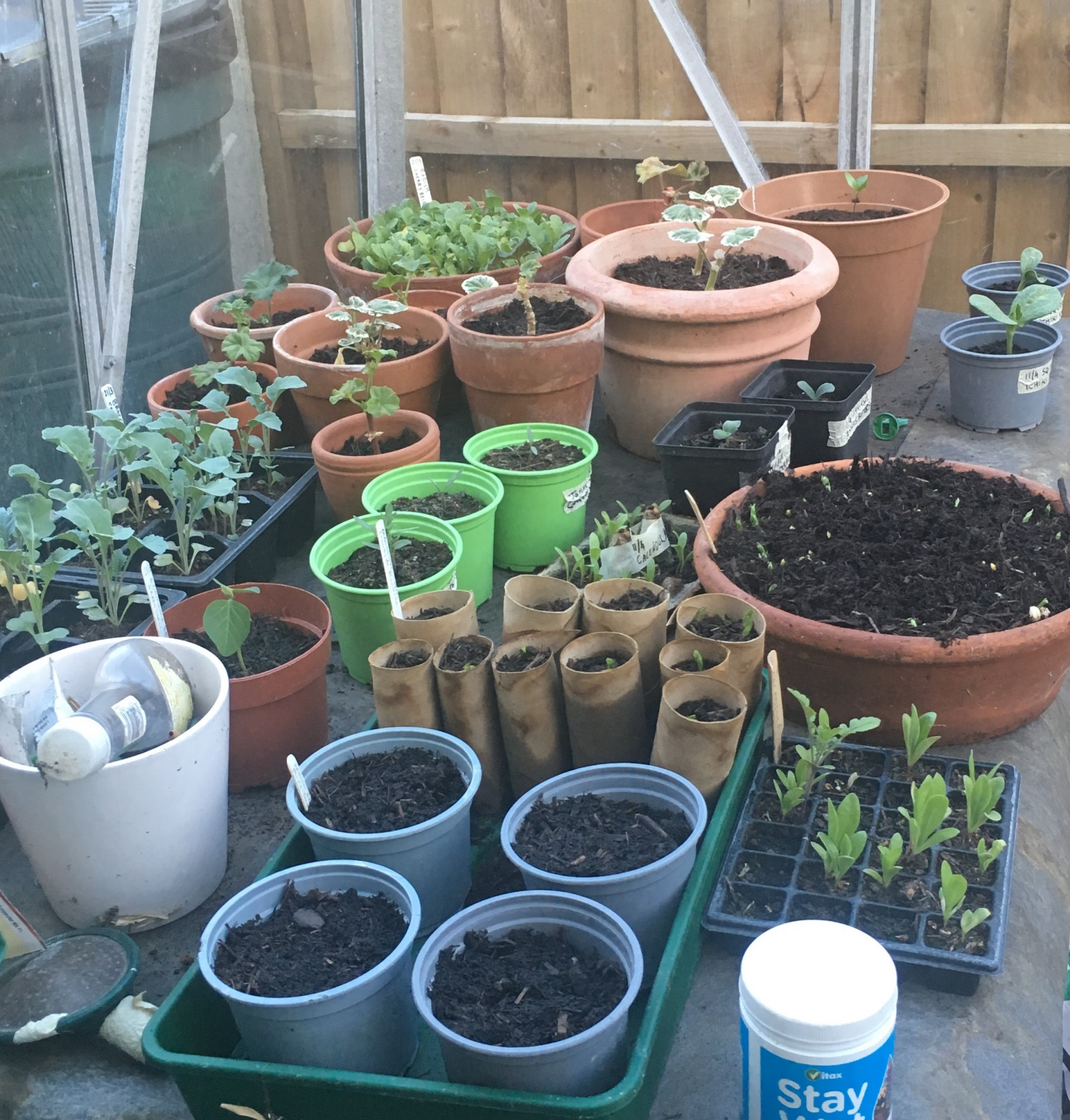
If you had space in the greenhouse, and time on your hands, you may well have sown your sweet peas in autumn. They are very happy with this treatment, and will put down good roots over winter and be ready to produce good early flowers this year. If, like me, you did not find the time in autumn though, there is still plenty of time to do it now. In fact in a warm and mild winter, as we have certainly had until very recently, sowing early can be a disadvantage, as plants will keep on growing, and you will have to cut them back. So those of us who didn’t manage it early this year can feel smug that the weather has worked in our favour. But there is a lot to be said for doing them now rather than waiting for spring. In spring, they are trying to do everything at once, roots and shoots and heading towards flowering. Sown now, they can concentrate their energies on root development, and that means they are ready to start into life as soon as the warmer weather comes, and that in turn means that you will get much earlier flowers. And of course the beauty of sweet peas is that as long as you keep on picking them they will keep on producing, so you will be gifting yourself a much longer flowering period too if you get started now.
And it certainly is a lovely job to be doing at a time of year when everything is looking so bleak. I associate sweet peas with midsummer, and the thought that I am now getting those plants started that will later scramble up supports and produce bunch after bunch of summer-scented flowers is a very happy one as the icy rain patters against the greenhouse panes. There will be blousy blooms and soft, warm breezes, just not today.
To develop those long roots it is really important to grow sweet peas in long pots. You can do this one of a few ways. The fanciest way is to use rootrainers. These are long and thin pots with ridges down the sides that guide the roots south, encouraging their natural tendency. The budget version is to pack a load of loo roll inners into a high sided seed tray, fill them with compost, and plant one or two seeds in the top of each. And a third option is to sow them into the top of a large pot of compost, spacing the seeds all around the edge, with a few in the middle. This gives them the volume of compost they need to reach their roots down into and makes them easy to keep watered, but you do need to be a little careful when planting out, as the roots may have intertwined with each other and need careful teasing away.
Come spring, and a few weeks before tipping out the pots and pulling out the seedlings ready to plant, it is a really good idea to nip back the seedlings. This means cutting them back to a few inches high, and it prevents them from just sending up one or two shoots and will instead encourage a bushier habit which will lead to more branches on which the plant can produce flowers. Mine will then be planted around a brushed steel obelisk that stands in one of the veg beds, as I always think that sweet peas – being hard working and productive types, for all their prettiness – look as happy in a veg garden as they do in a flower garden.










